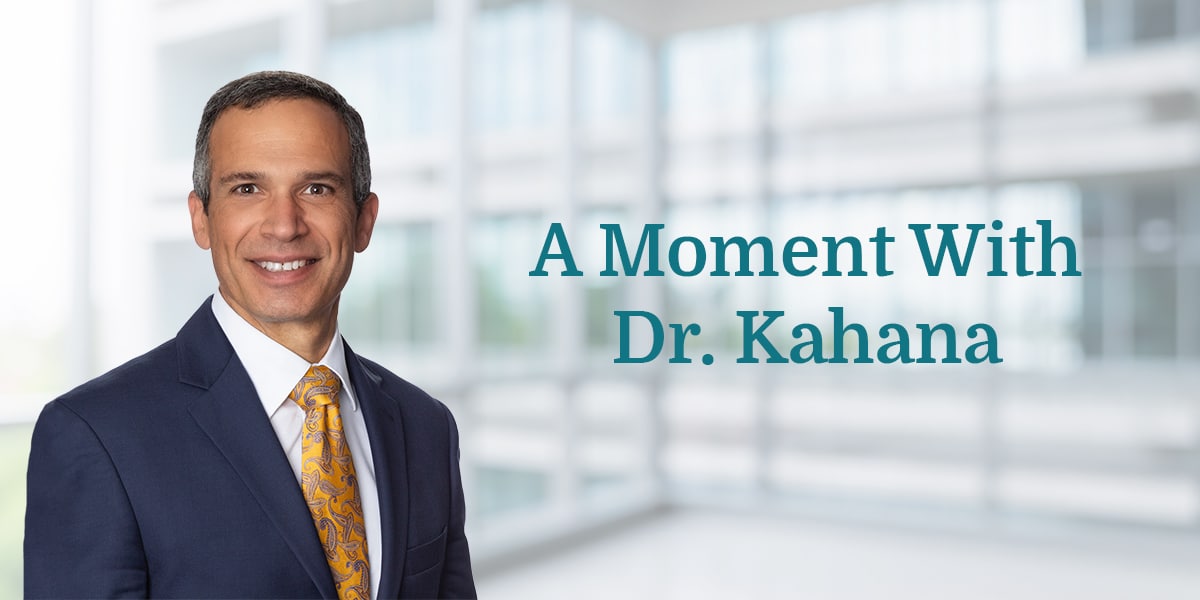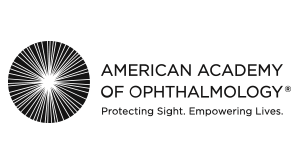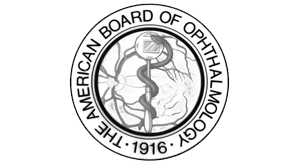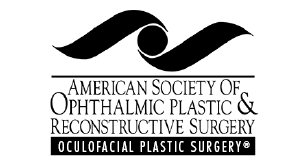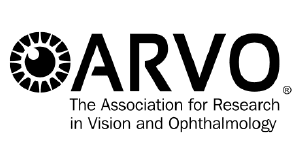As we age, our face changes in predictable ways. The upper eyelids may droop, with fullness and heaviness. The lower eyelids develop “bags” and dark circles. And since the eyes are a window to our soul, it is natural to want your eyes to reflect your youthful soul. Fortunately, we can help restore that more youthful appearance. But it’s important to understand a few things in advance.
First, surgical and non-surgical procedures can help you look younger, but if you’re 50, you will not suddenly look 20. In an effort to achieve the unachievable, some people undergo procedures that make them look unnatural. I do not condone that. I will do my best to make you look the best that you can and will work to maximize your natural features. But I make it a priority to achieve a natural-looking result – something that will not look surgical.
I want your friends and family to know that you look good, not that you had surgery (unless you tell them).
Second, facial appearance follows aesthetic units that relate to one another. For example, the upper eyelids are strongly affected by brow position, and lower eyelid appearance is strongly affected by cheek position. To achieve the best possible result for the upper eyelids, you may need to do something to address brow position. And to achieve the best possible result for the lower eyelids, you may need to address cheek position. Brows and upper eyelids, cheeks and lower eyelids – think of them as inter-dependent aesthetic units.
Third, as people age, they lose facial volume. Since fatty tissue has estrogen receptors, that’s particularly true for women, who lose facial fat as a function of monthly hormonal changes, preganancies and menopause. To restore youthful appearance, it is often necessary to augment volume rather than reduce volume. So fat removal needs to be done very carefully and thoughtfully. Whenever possible, we should move fat from where you don’t want it, to a place where you do want it, reversing the fat movement that occurs with aging.
Importantly, don’t try to “fill” natural folds, such as the nasolabial folds. These deepen because the cheek descends. The solution to a deeper nasolabial fold is to lift and augment the cheeks. Lifting and augmenting the cheeks will make both the lower eyelid nasojugal fold and the nasolabial fold look better. Artificially filling a natural fold just looks unnatural and leads to that strange “Hollywood” look.
In my experience, surgery is best to address issues that occur underneath the skin. For treating the skin, surface treatments, such as laser, chemical peels, and topic skin treatments, are usually necessary. CO2 laser is the gold standard for treating aging skin, but you’ll need to put up with what amounts to a sunburn for 2-3 weeks, with peeling and redness. In order to reduce the risks associated with CO2 laser resurfacing, I prefer to perform multiple treatments with lower power, rather than fewer treatments with higher power. Our modern CO2 laser has a feature that achieves deeper penetration with lower energy, and that’s the feature you should look for when shopping for laser skin resurfacing.
The fat around the eyes is precious. Sometimes I remove the bulging fat, but other times I reposition it in order to fill aging-related hollows. It’s important to avoid removing too much fat because it might look OK in the beginning, but after a few years, your eyes may look hollow and that’s very tough to fix. Fat grafting and fat transposition are important adjuncts to achieving an optimal long-lasting result.
A key concept to consider when deciding on your cosmetic surgery is that you’ll want your face to look harmonious after surgery.
If you’re going to address the upper eyelids but your lower eyelids are full, with large bags and deep nasojugal folds, then that will not look harmonious. You need to consider your overall goals and work with your surgeon to come up with a plan that fits your needs and budget.
Lastly, it’s usually best to address issues in series – one step at a time – rather than all at once. Longer surgery is more taxing on your body, and bigger surgeries lead to more swelling and longer healing periods. For best results, patience is key.
In summary, we are dedicated to customizing a treatment plan for each patient to optimize results. One size doesn’t fit all. Maybe you should have surgery, but maybe non-surgical options are more appropriate for you. Maybe fat removal is needed, or maybe fat transposition. When you come in for a cosmetic evaluation, I will create a plan that is customized to your unique facial features and concerns to provide you with the most natural look that highlights the rejuvenated you! Schedule an appointment today.
